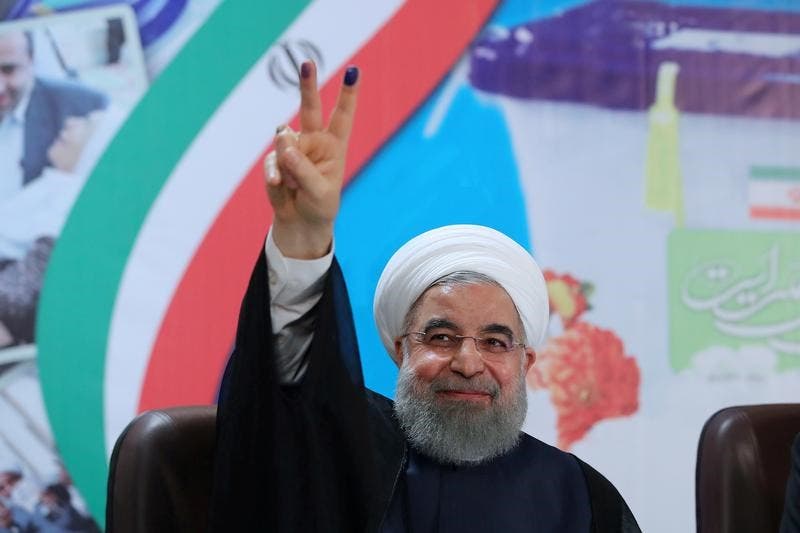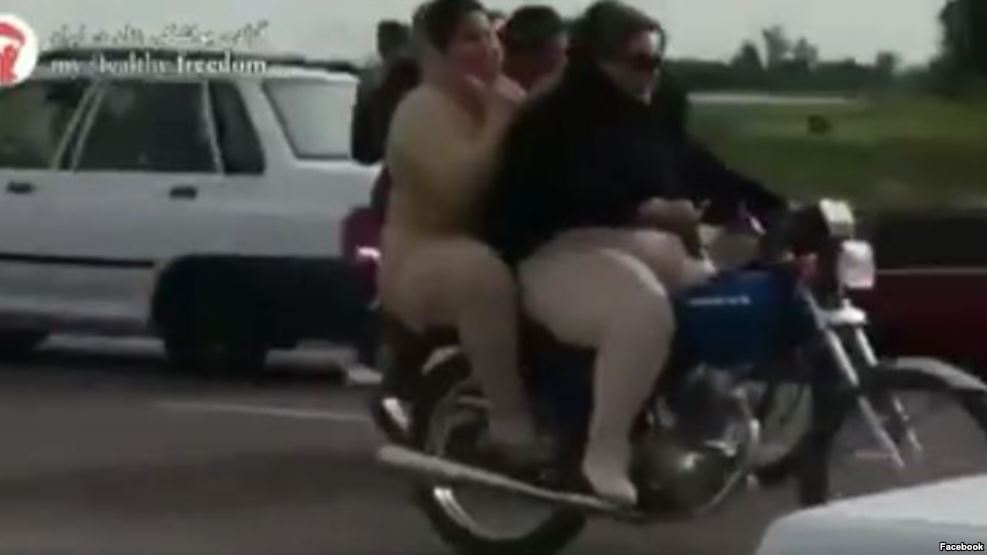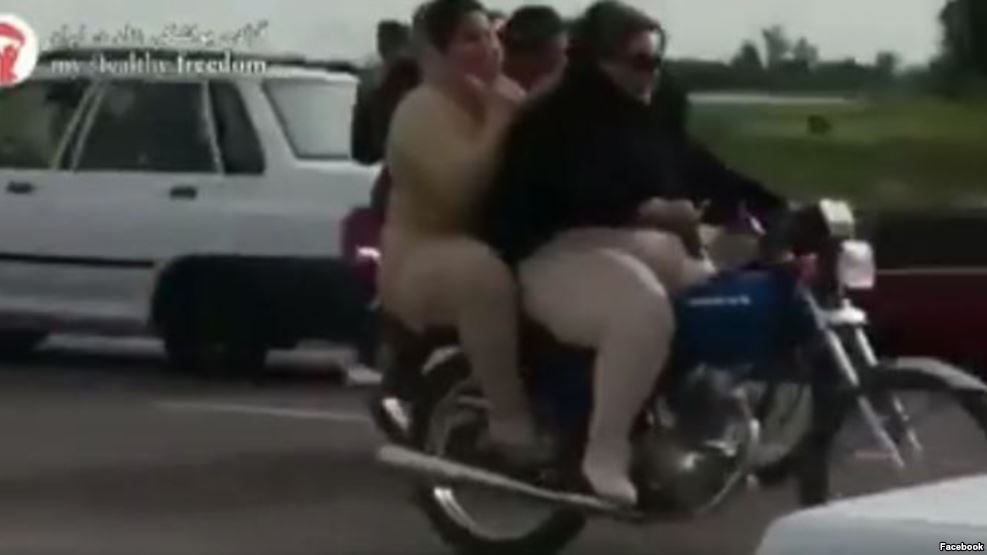Can the faction known as the “principalists” in Iran, loyal to Supreme Leader Ali Khamenei, engineer the upcoming presidential elections‘ outcome in a manner similar to 2005 and 2009? Back then, this group resorted to fraud and vote-rigging to have their desired candidate selected. Is the Khamenei-allied faction even seeking to engineer the election outcome against the faction currently behind President Hassan Rouhani, who claim to be “reformists” or “moderates”? If the answer is yes, what measures have been taken so far?
The truth is the Islamic Revolutionary Guard Corps (IRGC) and Khamenei’s inner circle have been planning these measures and plotting their steps for at least several months.
Their plan essentially relies on forcing the election into a second round, similar to the 2009 scenario when Ahmadinejad was selected from the ballot boxes. This time around, the Khamenei faction is seeking to have Ebrahim Raisi, a cleric known for his notorious role in the 1988 massacre of over 30,000 political prisoners, or Tehran Mayor Mohammad Bagher Ghalibaf, selected as president. Ghalibaf is a former IRGC member known to have undergone Airbus pilot training in France.
Enjoying this article? Click here to subscribe for full access. Just $5 a month.
To implement this, this faction first held a session with senior IRGC officials, including former IRGC intelligence chief Mehdi Taeb, IRGC chief Mohammad Ali Jafari, IRGC Quds Force chief Qassem Suleimani and others to establish the Popular Front of Islamic Revolution Forces, dubbed JAMNA, according to its Farsi abbreviation. Mohammad Bagher Zolghadr is the chair of this new entity.
Zolghadr is known for his role in rigging the 2005 presidential election that led to the selection of Mahmoud Ahmadinejad to the presidency while claiming to enjoy the support of 20 million voters. Zolghadr was then the regime’s chairman of the armed forces Joint Chiefs of Staff and deputy to former IRGC chief Mohsen Rezaie. He was then appointed as deputy interior minister in Ahmadinejad’s cabinet while maintaining his IRGC posts.
“The [2005] presidential election was unprecedented, held under very complicated political circumstances when foreign powers and acquisitive currents inside the country had long planned to direct the election results in their favor and prevent the establishment of a principalist cabinet. Complicated actions were needed and the principalists were fortunately able to gain the majority’s support,” Zolghadr said following Ahmadinejad’s victory.
In January 2013 Ali Saeedi, Khamenei’s envoy in the IRGC, made interesting remarks about the elections. “It is our [IRGC] inherent duty to logically engineer the elections,” he said.
Although Saeedi provided no further explanation about “logically” engineering the vote, his remarks shed further light on their plan and agenda. He referred to individuals, who according to him, attempted to “divide the state between the selected and the elected.” “In fact, those who were selected acted far better than those who were elected,” he stipulated.
This is exactly why in the past few months JAMNA has attempted to reach a consensus over a single candidate through the IRGC’s continued intervention. Numerous sessions were held with Khamenei to have him agree with Raisi taking part in the race and all principalist candidates rallying behind him.
The IRGC continued its engineering through the Guardian Council by disqualifying the vast majority of candidates. A week prior to the Council’s final announcement rumors indicated only six of over 1,600 candidates would be qualified. This made it clear all announcements by the Guardian Council were in fact decided previously by the IRGC.
The combination of the current six candidates in the presidential election is the necessary package for the IRGC to correctly rig the entire vote outcome.
An issue discussed on a daily basis among the IRGC senior command is how to plan their next move, aiming to inflict the utmost damage to the Rouhani faction and yet also prevent any possible ignition of massive protests and/or nationwide uprisings similar to those of 2009.
Following the candidate vetting process leaving only six candidates, this IRGC plan has been pursued on a daily basis in three different fields.
First, they have sought to increase the number of votes and finesse specific rigging methods. Second, they have expanded their propaganda activities in the media. And third, they have taken daily measures and guided the general rigging apparatus, such as attacking Rouhani’s brother Fereidoun Rouhani on his involvement in theft, creating havoc at Rouhani’s campaign events, depicting Raisi as the candidate of all factions.
In all three fields the IRGC apparatus enjoys a daily role, all while this security entity should have nothing to do with the elections.
Of course, Rouhani has nothing to boast about either as he too oversaw more than 3,000 executions during his tenure as president. He is also known to have ordered the horrific 1999 student uprising crackdown, especially during the protests in Tehran. Throughout his political career he has played a role in the regime’s decision-making bodies and is known to be a figure very well acquainted with the regime’s security apparatus. Rouhani was also Rafsanjani’s right-hand-man during the Iran-Iraq War, where the regime dispatched juveniles to the frontlines.
In the end, how far the IRGC’s plans can be implemented in practice is a different story altogether, depending highly on a range of factors. For example, considering the fact that Rouhani’s Interior Ministry is the administrative body running the election, will the IRGC be able to implement its objectives?
Only time will tell.













